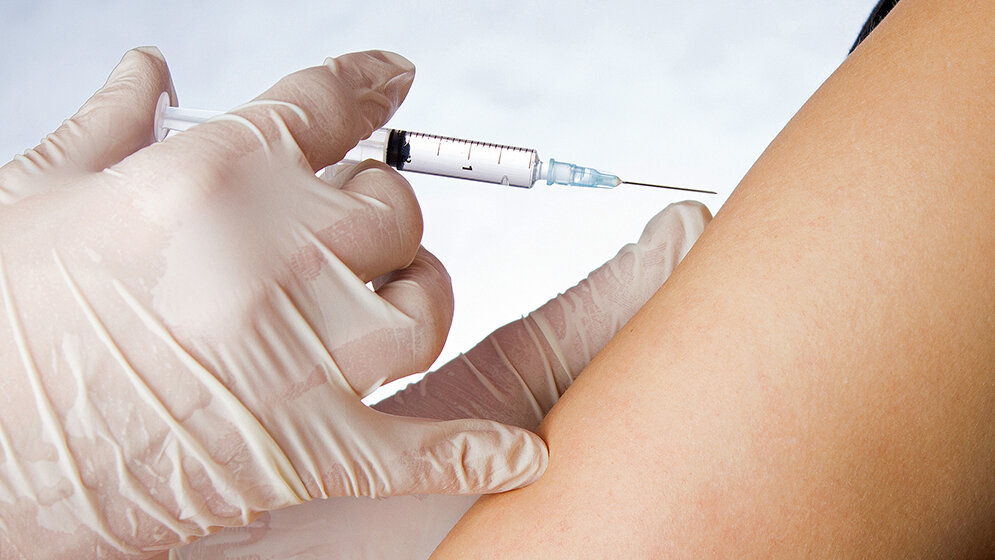For women, most of them infect themselves with HPV some time during their lives. Children may get infected as well as for example via smear infection by the hands. However, most infections stay unrecognized because our immune system successfully eliminates the HPV. Some HPVs however are able to settle permanently in humans, specifically in mucosa cells. Thus, they disturb cell division and cause the formation of dysplasia (abnormalities of cell development). Often those dysplasias are regressing on their own. In rare cases, however, the altered tissue may cause cancer.
How does infection work?
All HPV-types that cause genital warts or cancer are transmitted by vaginal, anal or oral sex as well as any form of sex play. After infecting the cell, the HPV integrates its DNA into the genome…
Dann nutzen Sie jetzt unser Probe-Abonnement mit 3 Ausgaben zum Kennenlernpreis von € 19,90.
Jetzt Abonnent werden

